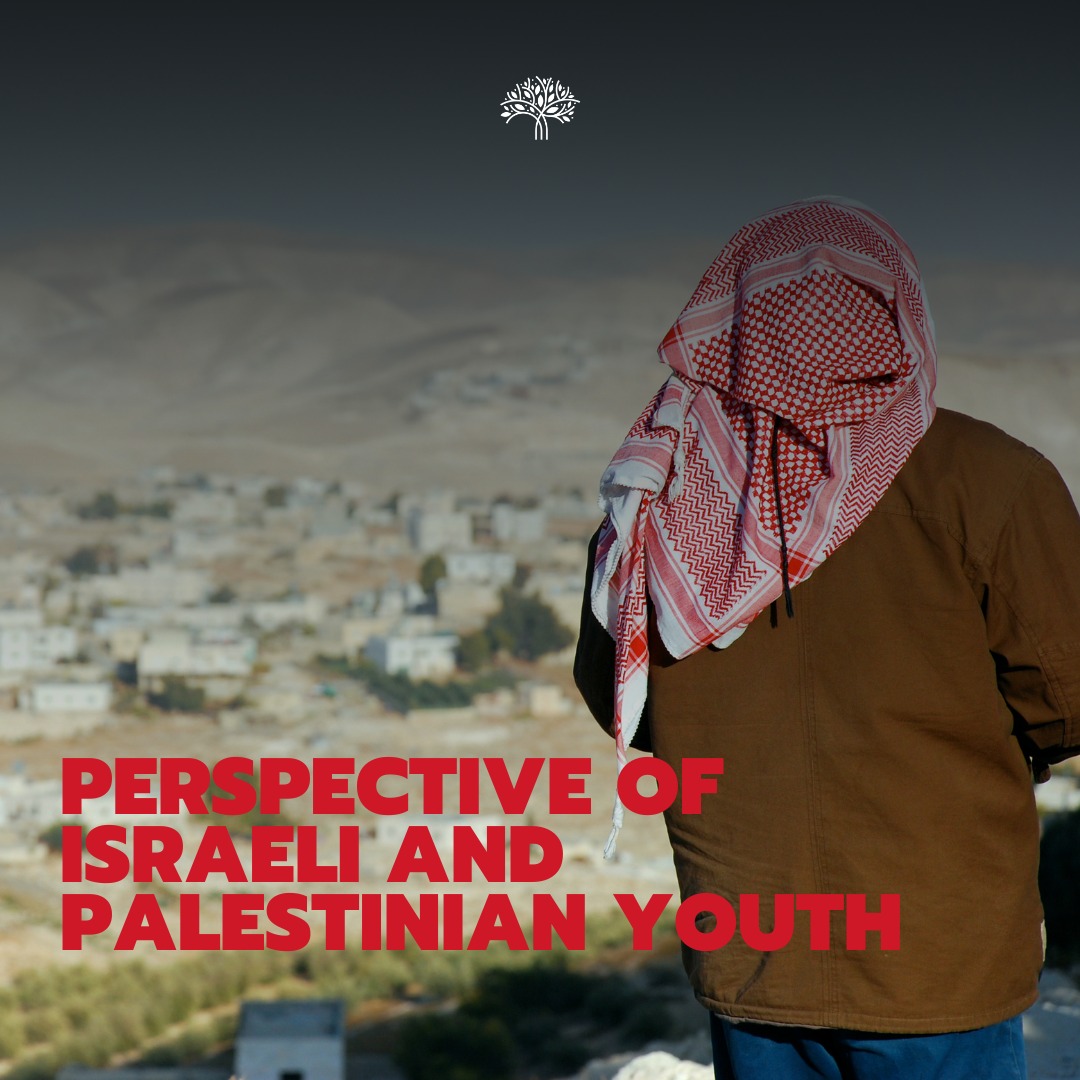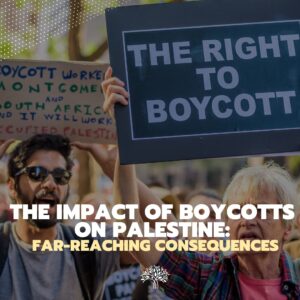By Ekaterina Kuleshina
The perspectives of Israeli and Palestinian youth – shaped by lived experiences, global connectivity, and shifting societal values – may be key to breaking cycles of violence and stagnation.
The Israel-Palestine question, one of the most protracted and contentious struggles of modern history, has deeply shaped the lives and identities of those who live within its shadow.
Yet, as older generations grapple with the weight of historical grievances, younger Israelis and Palestinians are emerging as both witnesses to the status quo and potential architects of a different future. Their perspectives – shaped by lived experiences, global connectivity, and shifting societal values – may be key to breaking cycles of violence and stagnation.
A Fractured Reality
For young Palestinians, the occupation is a daily reality of restricted movement, economic hardship, and the ongoing struggle for self-determination. In Gaza, one of the most densely populated areas on Earth, an entire generation has grown up under blockade, experiencing repeated military escalations that leave scars both physical and psychological. In the West Bank, checkpoints, settlement expansions, and clashes with the Israeli military are a constant presence. Meanwhile, many young Israelis live in a state of heightened security consciousness, shaped by mandatory military service and the threat of rocket attacks or terror incidents. For them, the narrative of survival in a hostile region is deeply ingrained, often reinforced by the trauma of past wars and attacks.
Despite these polarised experiences, both groups share a sense of frustration with the inability of older generations to resolve the occupation.
Global Perspectives and Digital Activism
Unlike their predecessors, today’s youth are growing up in a hyperconnected world. Social media platforms like Instagram, TikTok, and Twitter provide spaces for young Israelis and Palestinians to share their stories and advocate for their perspectives. These platforms also allow them to connect with international audiences.
For Palestinians, these platforms have become crucial for documenting and resisting what they see as systemic injustices. Viral videos of clashes in Sheikh Jarrah or footage of Gaza’s destruction have drawn widespread attention, galvanising global solidarity movements and fostering a sense of empowerment among young Palestinians.
Israeli youth, too, use digital spaces to express diverse opinions, ranging from support for their country’s security policies to critiques of government actions they see as perpetuating the situation. Online activism has also created opportunities for dialogue between young Israelis and Palestinians, although these interactions remain fraught with mistrust and ideological divides.
Shifts in Political Engagement
Young people in both societies are increasingly questioning traditional political structures. Among Palestinians, support for established political factions like Fatah and Hamas is waning. Many youths demanding new leadership capable of addressing their aspirations for freedom, dignity, and opportunity. Grassroots movements such as “We Are Not Numbers” amplify young Palestinian voices, fostering a generation that seeks to challenge occupation through storytelling, art, and peaceful resistance.
In Israel, a similar trend of political disillusionment is emerging. While some young Israelis align with nationalist and security-focused policies, others are joining progressive movements that advocate for ending the occupation. This movement support pursuing a two-state or even one-state solution. Organisations like Breaking the Silence and Peace Now attract young activists willing to confront uncomfortable truths about the impact of Israeli policies on Palestinians.
Education and Narratives
Education plays a significant role in shaping the perspectives of younger generations. In both Israel and Palestine, school curricula often reflect deeply entrenched narratives that emphasise historical grievances and national identity. For many young people, these narratives become barriers to understanding the other side’s humanity and aspirations.
However, initiatives like the “Seeds of Peace” program unite Israeli and Palestinian youth to engage in dialogue and build mutual understanding. While limited in scale, such efforts demonstrate the potential for education to foster empathy and challenge the stereotypes perpetuating the situation.
The Way Forward
While Israeli and Palestinian youth inherit a deeply divided reality, they also bring fresh perspectives and energy to the struggle for a better future. They are more attuned to global norms around human rights and justice, and they have access to tools for advocacy and connection that previous generations could scarcely imagine.
Yet, their ability to effect meaningful change depends on several factors. Leadership willing to empower youth voices, international support for grassroots initiatives, and a commitment to challenging divisive narratives are all essential. Moreover, as climate change, economic instability, and technological disruption reshape the region, younger generations will need to navigate the historical grievances of their societies. They must also contend with the pressing challenges of a rapidly changing world.
The future of the Israelis and Palestinians will depend on whether the youth of today can transcend the bitterness of the past and imagine a shared tomorrow. Their voices, already resonating in protests, art, and digital spaces, offer a glimmer of hope that peace is not an unattainable dream but a possibility worth fighting for.




